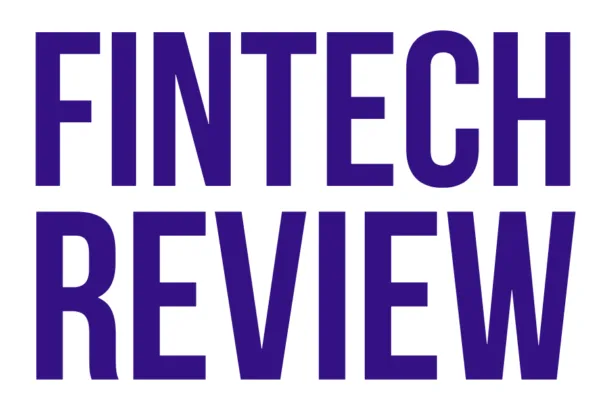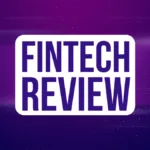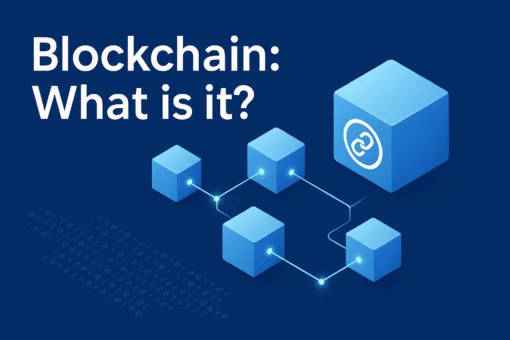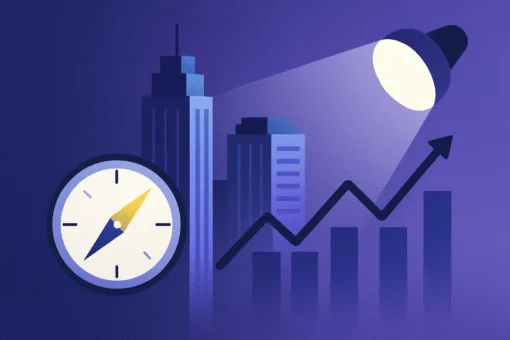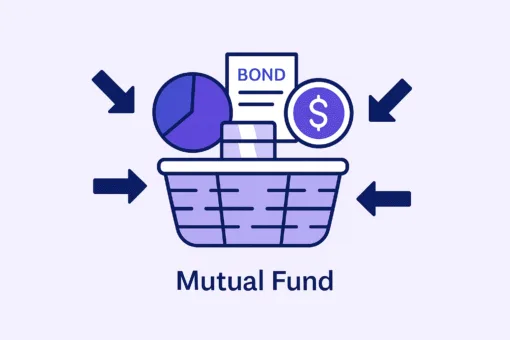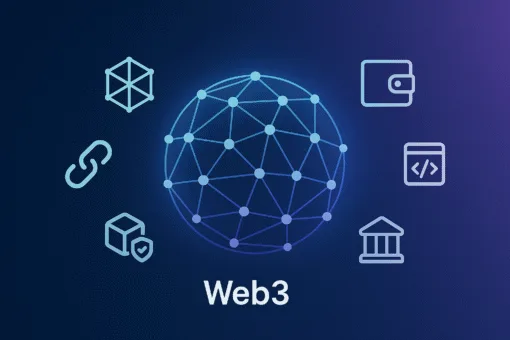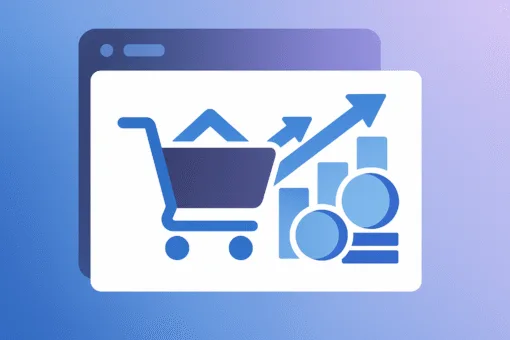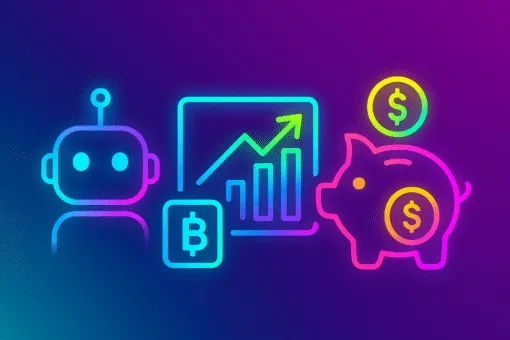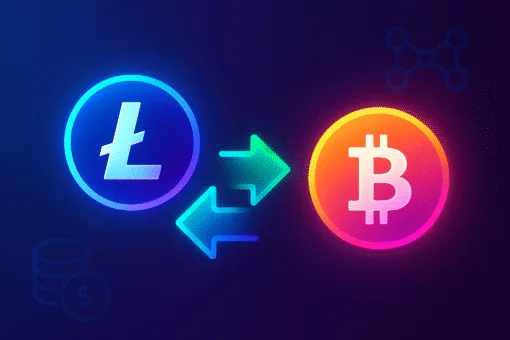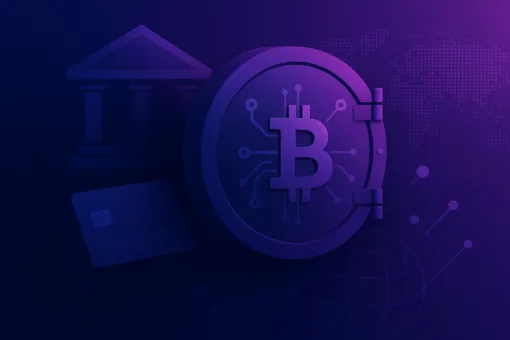It is this time of the year. You know when it is mostly gloomy, cold and grey. Great time, isn’t it? Not everywhere, obviously. There are a lucky few that are enjoying some fantastic weather somewhere right now, summer-like vibes. Guilty as charged. But most importantly, it is the time of the yearly predictions. Defining the top trends. These are a bit like your good resolutions. Most of them will never happen. This year or in our lifetime. Deal with it, and move on. Anyhow, we have now established what we have gotten wrong last year – and what we predicted right (yay!). Since it was one hell of a year, again, Groundhog Day, it still impressive to get a few things right. Pride yourself with that. But now, it is naturally time to look at the crystal ball once again. We have had time to digest our mistakes…
What will happen in 2022? Besides the Alpha Tesla Gamma variant, obviously. What will be the top trends in fintech this year? It is always quite fun to try to predict where the industry will go in the months to come…
Cryptocurrencies

Ok fine, we are not taking a huge risk here. Sorry, not sorry. It was one of the top trends last year – and the year before. You cannot escape the crypto tsunami. Hope you have got your raft ready. Great if you are a cryptomaniac. Not so much if you are cryptophobic.
Our good (old) friend Bitcoin and other cryptocurrencies will be one of the top trends for the financial service industry in 2022. That is quite certain.
Why is that?
Because there is a decent momentum behind the cryptocurrency world as a whole. It is not only a bunch of nerds in a garage. Not anymore. Like it or not. If customers want it, hard enough, companies – historical fintechs or new entrants – will provide products and services to fill the gap. It is obvious. If there is money to be made, some people will seize the opportunity. This is a natural supply and demand mechanism at play. There is enough money for crypto to stay around for a little while and remain a key trend in the industry.
What might be different this year though is that we will see more regulation, taxation and more broadly compliance. Not only around cryptocurrencies but also NFTs. That is also, whether you like or not… Watch this space!
Interest rates normalisation

This one is trickier to grasp but it will have a big impact on the fintech industry. The thing is, cheap money has been cool and something “normal” for many years. Even though it should not be. We all got used to it. If you are an economist, or trained as one, you have been living in a great experiment that is interesting and scary at the same time.
For the better – cheap mortgages and loans – or worse – paltry interest rates on savings accounts. You know, the 0.10% annual returns on your money. It does not get more ridiculous than that in all honesty, when the bank gives you $1 on the $1000 you immobilised for a year. That’s a low interest rate environment for you.
But it seems that is now coming to an end with inflation heating up…
What is the link with fintech? Well, it is actually good news. As a lender, it is easier to make money when interest rates are high, because the spreads are bigger. As a fintech looking for a decent business model, you are less tempted to push for non-interest income (e.g. fees) that is generally harder to generate.
But it also means that incumbents will be stronger – and will fight back fintechs with more cash in their coffers.
Consolidation
Market consolidation will remain a prominent topic in 2022. It was already one of the top trends in 2021, even if you did not notice it. Obviously not all the verticals are and will be concerned. It has started in the “older” segments of fintechs.
Why is that?
Because after a certain amount of time, eventually you need to prove that your business model works. Investors bang at your door asking for their money back or at least a path to profitability. These are the rules of the venture capital game. And that is when it becomes a problem for many…
It was obvious from the start that many fintechs will never be profitable. For sure, you can make money here and there. But if you cannot do it at scale and sustainably, that is not a real business model. With razor thin margins, it is very hard to be profitable even with a huge scale.
Who are we talking about here? Robo-advisors are the obvious ones at the moment. Same goes for retail-focused neobanks. Or P2P lenders. More will come…
Talent

As we continue to live in the Great Resignation era, talent will be central for fintech in 2022. It is becoming really hard to hire and retain top talents, particularly tech ones. Because fintechs need them, incumbents as well… but also many other companies across a ton of sectors.
Can you think of a sector or an industry that does not rely on technology? Think very hard, because there are not many. Which means many companies in need of a lot of talented people to carry out this development or transformation.
The fight is getting only tougher with the Great Resignation. Because employees want something else, not just good money. Obviously, a good amount of it is always a great thing. However, people also crave a project with a purpose, a good vibe. That’s why it is becoming so hard for investment banks to recruit, for example. That can be for sure a good thing for fintechs that have a good project, that are trying to disrupt the industry for the right reasons. Go for it!
Embedded finance

Finance will be more and more invisible. Like a ghost. It has to be. Maybe without the sunglasses. Embedded finance will be one of the top trends in fintech in the years to come and will be quite front and centre in 2022.
Financial products and services need to be invisible. That is quite obvious. Who cares about getting a mortgage or a car loan? Seriously. What you care about is buying a house or a car. This is the ultimate objective. The financial product is a mean to an end. Not the end.
Enter embedded finance. What it really means is finance embedded in the customer journey in a seamless way. It is in the name, it is quite simple. Payments and lending becoming invisible. We have seen it more and more in the past few years. Think of Uber or Amazon. It will continue and accelerate. The friction needs to slowly disappear and for finance to be embedded more neatly in the customer journeys. Watch this space, it will happen at great length this year and that is great!
